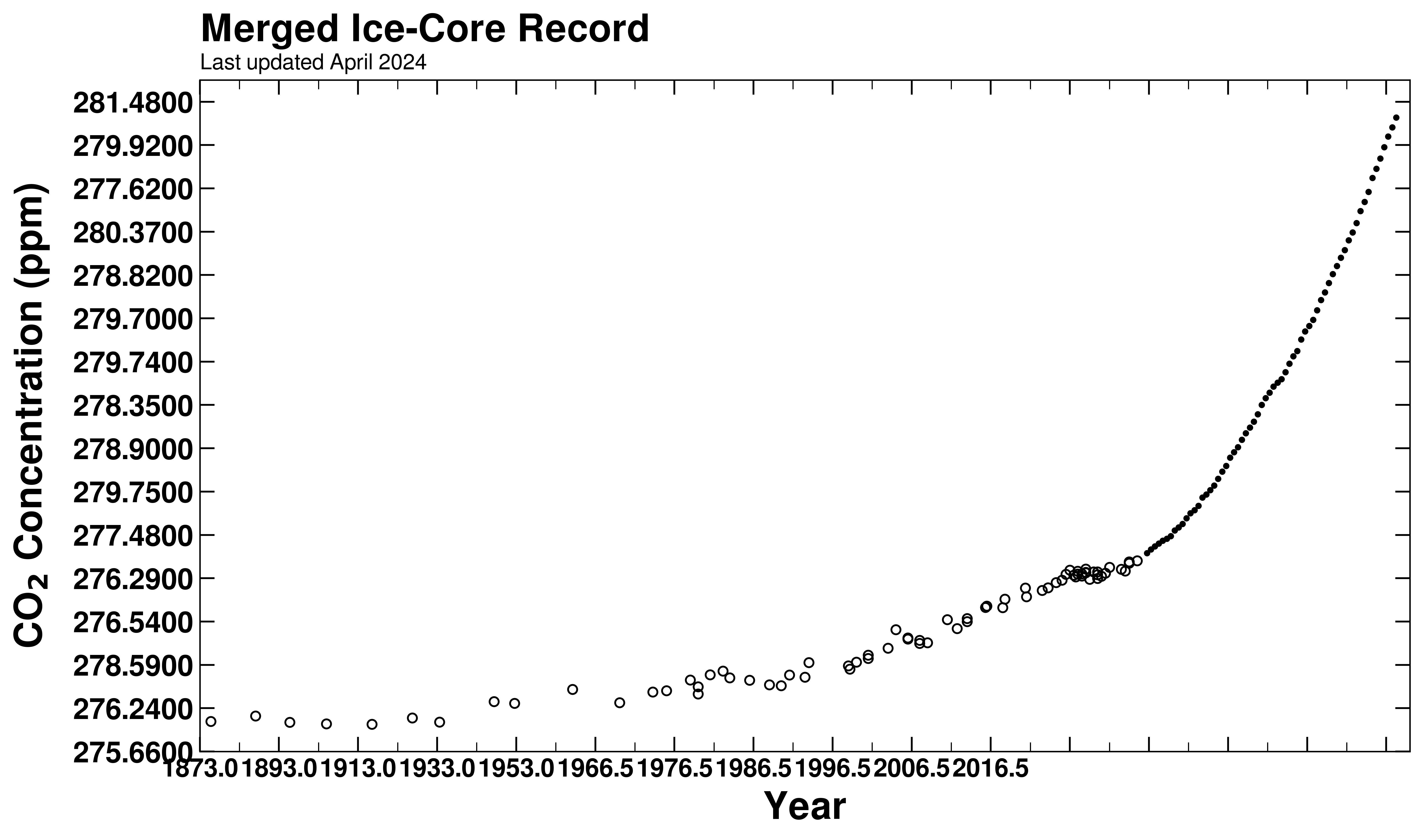http://www.pnas.org/content/pnas/108/24/9765.full.pdf
The study, entitled “Abrupt Holocene climate change as an important factor for human migration in West Greenland,” reconstructed temperature records over the past 5,600 years based on lake sediments in West Greenland. It found that major temperature changes in the past 4,500 years occurred abruptly (within decades), and were coeval in timing with the settlement and abandonment of the Saqqaq, Dorset, and Norse cultures. This suggests that abrupt temperature changes profoundly impacted civilization in the region.
Kangerlussuaq lake water temperatures cooled by approximately 4 °C between 5,600 and 5,000 years ago, followed by warming of approximately 5.5 °C that culminated some 3,200 to 3,000 years ago, Then came another sharp temperature drop of approximately 5 °C by 2,800 years ago.
Analyses of lake sediments indicate peak warmth between 4,000 and 3,000 years ago followed by glacial cooling about 3,000 years ago. GISP2 (Greenland Ice Sheet Project 2) ice core results from Summit depict similar trends for millennial-scale.
The large cooling event centered at 2,000 years ago (lake water temperatures dropped by 2–3 °C) corresponds to the greatest glacial advance of inland ice near Kangerlussuaq. The study also found a cooling trend from 3,000–2,800 years ago, and another cold interval from 2,200–1,800 years ago
Arriving in Greenland about. 4,500 years ago, the Saqqaq would have experienced an interval of warmth. They survived transient episodes of warming and cooling, especially between 4,100–3,400 years ago. A cooler interval at about 3,400 years ago. coincides with a contraction in the Saqqaq population and a shift from subarctic to arctic conditions in the Disko Bugt region.
The Saqqaq departure from Sisimiut ca. 2,800 years ago is coincident with the culmination of a pronounced cooling trend (approximately 4 °C in 200 years).
The cooling during this climate transition was no more abrupt than the cooling during the previous approximately 1,500 years of Saqqaq occupation and suggests that the magnitude was more important than the rate of change to the Saqqaq abandonment of the region.
The Dorset disappearance may not be directly related to the intense warming from ca. 2,000–1,800 y B.P. Perhaps their disappearance is related
to a particularly cold interval beginning ca. 2,200 years ago and centered at about 2,000 years ago.
The study also revealed a warming period from about 1,100 to 850 years before present coincident with Norse migration to Greenland.
Then began an abrupt temperature decline (4 °C in approximately 80 years) with persistent cooler temperatures until approximately 630 years ago. This had an adverse effect on Norse farmers in West Greenland and likely contributed to the abandonment of the Norse settlement near Nuuk about 650 years ago.
Interestingly, temperature variations in West Greenland display an antiphased relationship to temperature changes in Ireland over hundreds to thousands of years, resembling the multidecadal temperature seesaw associated with the North Atlantic Oscillation.
I rather doubt that these drastic temperature changes in Greenland all came about because some farmer in Croatia burned too much fossil fuel in his tractor.
As far as I’m concerned, this study proves that the human-caused global warming hype is a total fraud.








